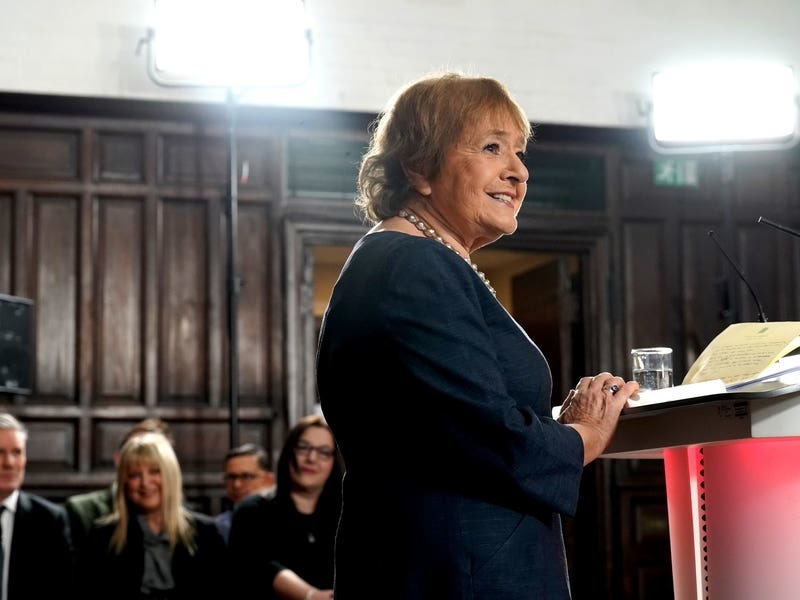Chancellor Rachel Reeves has said she is “going for growth” with a shake-up of the pensions market that will unlock tens of billions of pounds of investment in business and infrastructure.
Here is a look at what has been said about the plans for pension “megafunds” being outlined on Thursday in Ms Reeves’s first Mansion House speech as Chancellor.
– What is happening under the plans?
Reforms will be introduced under a new Pension Schemes Bill next year, consolidating defined contribution (DC) schemes and pooling assets from 86 local government pension scheme authorities.
– Why does the Government think the reforms are a good idea?
It has said the changes could unlock around £80 billion of investment for infrastructure projects and businesses, helping to boost economic growth.
The funds will take advantage of their size and use economies of scale, potentially helping to boost DC savers’ pension pots.
The Government said analysis indicates that pension funds start to return greater productive investment levels once the size of assets they manage reaches between £25 to £50 billion.
– What has been the experience of such initiatives overseas?
Jon Greer, head of retirement policy at wealth manager Quilter, said: “Interestingly, while Canada has very large pension schemes, they too are looking for ways to increase domestic investment.
“Currently, roughly 7% of Canadian scheme infrastructure investment is domestic. This highlights the challenge of finding suitable domestic projects even for large funds.”
– Is bigger always better when it comes to pension funds?
Sir Steve Webb, a former Liberal Democrat pensions minister who is now a partner at consultants LCP (Lane Clark & Peacock), said: “It’s ultimately got to be about the members. Big isn’t always beautiful. There are some smaller pension schemes in Britain which are very good.
“They are heavily subsidised by employers, they offer very good pensions and it would be very unfortunate if something like that was destroyed by a crude size rule. It can’t be a crude cut-off point. It can’t be an assumption that big is always better.”
But he said that opportunities need to be “investable”, adding: “Some of this is about supply side and making sure there are schemes to invest in. There is a lot of work to be done in this space. There is a lot to be done on whether public money can be spent to leverage in private money.”
Sir Steve said the key benchmark needed to be: “Is this in the interests of the members?”
Another potential risk could be that megafunds end up being “pretty much the same”, he said, adding: “When there are a lot to choose from, there’s quite a bit of competition.”

– Is the idea of pooling pension funds new to the UK?
Sir Steve pointed out that plans for pooling local government pension funds had previously been set out nearly a decade ago “so these so-called megafunds already exist, it’s just that they’re not big enough, they’re not mega enough”.
He added: “It’s taken a long time to get this far, it’s not a new idea, it’s evolution not revolution, and none the worse for that … it will take time.”
– How will standards be overseen?
Megafunds will need to meet rigorous standards to ensure they deliver for savers, such as needing to be authorised by the Financial Conduct Authority, the Government has said.
– What have businesses had to say?
We’re announcing proposals to merge the Local Government Pension Scheme assets and defined contribution pension schemes into megafunds.
This could help to unlock around £80bn of investment for new infrastructure projects and exciting new businesses with high growth potential.
— HM Treasury (@hmtreasury) November 14, 2024
Businesses have already been highlighting cost pressures, following changes announced in the Budget, warning that jobs and pay rises will be squeezed.
A £26 billion increase in employers’ national insurance contributions announced at the Budget, comes into effect from April.
Changes to agricultural inheritance tax relief have also prompted concerns.






